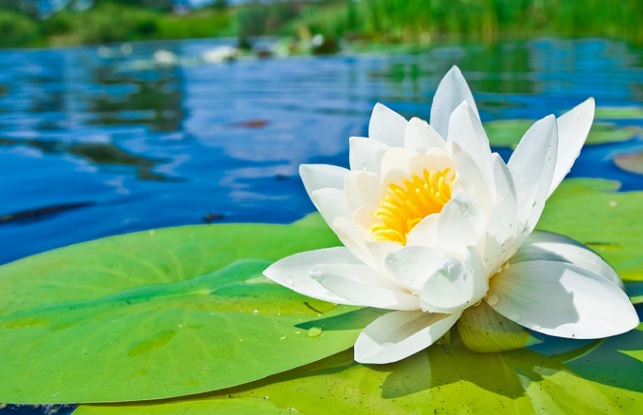In the realm of aquatic flora, few plants captivate the imagination quite like the teratai, commonly known as water lilies. These enchanting aquatic plants have been cherished for centuries, celebrated in literature, art, and culture around the world. With their floating leaves and exquisite blossoms, teratai have an undeniable allure that has made them a symbol of serenity and natural beauty. In this article, we will delve into the mesmerizing world of teratai, uncovering their history, significance, and the wonder they bring to our aquatic environments.
The Origin and Varieties: Teratai, or water lilies, belong to the Nymphaeaceae family and are found in various parts of the world. These exquisite plants come in a wide range of colors and sizes, from the delicate white Nymphaea odorata to the vibrant pink Nymphaea ‘Attraction.’ Their leaves are circular, often with a waxy texture that enables them to repel water, and they float gracefully on the surface of ponds, lakes, and slow-moving rivers.
Cultural and Symbolic Significance: Throughout history, teratai have held a special place in the hearts of many cultures. In ancient Egypt, they were associated with the sun god Ra and were often depicted in hieroglyphics. In Hinduism, teratai symbolizes purity, enlightenment, and the awakening of the soul. The lotus position in yoga, where one sits cross-legged with feet on the thighs, is inspired by the shape of a lotus or teratai. Additionally, water lilies have inspired famous artists like Claude Monet, who painted his iconic series of water lily ponds in Giverny, France.
Ecological Importance: Beyond their cultural significance, teratai play a vital role in the ecosystems they inhabit. Their floating leaves provide shade and shelter for aquatic creatures, while their underwater stems offer a habitat for various fish and invertebrates. Teratai also help maintain water quality by absorbing excess nutrients, thereby contributing to the overall health of the aquatic environment.
